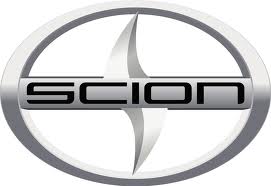xB L4-2.4L (2AZ-FE) (2009)
/Page-800019.png)
-
Do not apply heat directly to the parts in the ECU.
(c) WATER SPRINKLING METHOD:
When a malfunction seems to occur on a rainy day or in high-humidity.
(1) Sprinkle water onto the vehicle and check if the malfunction occurs.
-
Never sprinkle water directly into the engine compartment. Indirectly change the temperature and humidity by spraying water onto the
front of the radiator.
-
Never apply water directly onto the electronic components.
HINT: If the vehicle has or had a water leakage problem, the leakage may have damaged the ECU or connections. Look for evidence of
corrosion or short circuits. Proceed with caution during water tests.
(d) HIGH ELECTRICAL LOAD METHOD:
When a malfunction seems to occur when the electrical load is excessive.
(1) Turn on the heater blower, headlight, rear window defogger and all other electrical loads. Check if the malfunction reoccurs.
5. DIAGNOSTIC TROUBLE CODE CHART
Look for output Diagnostic Trouble Codes (DTCs) (from the DTC checks) in the Diagnostic Trouble Code Chart. Use the chart to determine the trouble
area and the proper inspection procedure. A description of each of the chart's columns are below.
6. PROBLEM SYMPTOMS TABLE
When a "Normal" code is output during a DTC check but the problem is still occurring, use the Problem Symptoms Table. The suspected areas
(circuits or parts) for each problem symptom are in the table. The suspected areas are listed in order of probability. A description of each of the
chart's columns is below.
HINT: In some cases, the problem is not detected by the diagnostic system even though a problem symptom is present. It is possible that the
problem is occurring outside the detection range of the diagnostic system, or that the problem is occurring in a completely different system.
7. CIRCUIT INSPECTION
A description of the main areas of each circuit inspection is below.
